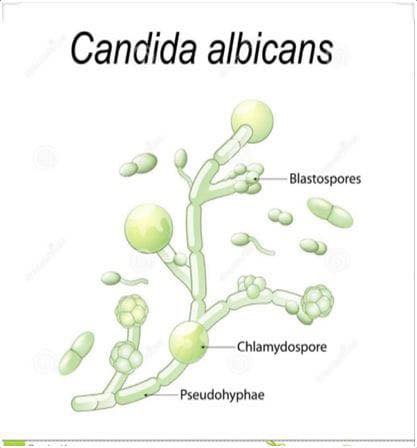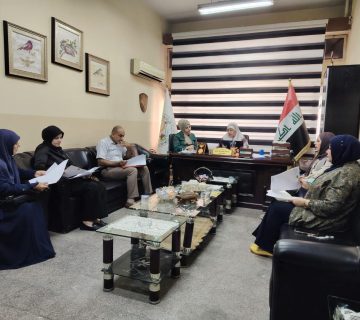The mouth considers the main passage through which most pathogenic germs enter. Fungi are real-nucleus organisms that exist like yeasts, (round fungi), mold (filamentous fungus), or a combination of these two In the human mouth. There are a number of fungi particularly, Candidiasis albicans, which is an opportunistic cause of gingivitis in immunocompromised individuals.
Candida fungus is a type of microscopic fungus that lives in the human body unharmed, a single-cell organism that multiplies in an asexual manner, living on the products of chemical reactions that get inside the body, dead cells or sugar from food. Candida fungus is naturally found in the human digestive system, in addition to the skin and mucous membranes of the body without causing infection, If there is a change in the body’s internal environment, or its immunity weakens, these fungi will proliferate significantly, causing infection. The infant acquires germs, including fungi, from its outer surroundings, and the mother is the first source of endemic germs within the infant’s mouth because she is the first person to deal with the child in the stages of his life. The mother can be a reservoir for a number of fungi transmitted to her child’s mouth, especially many yeasts, including: C .tropicalis, C .albicans, Cryptococcus, Rhodotorulla. There are more than 20 types of Candida fungus, most of which cause infection and inflammation in the human body called Candidiasis albicans. Candidiasis albicans infection is a real cause of death for immunocompromised people such as patients with acquired immunodeficiency syndrome (AIDS) as well as cancer patients. Among the types of fungi that can be seen in the oral cavity They are: C. albicans, C. parapsilosis, C









